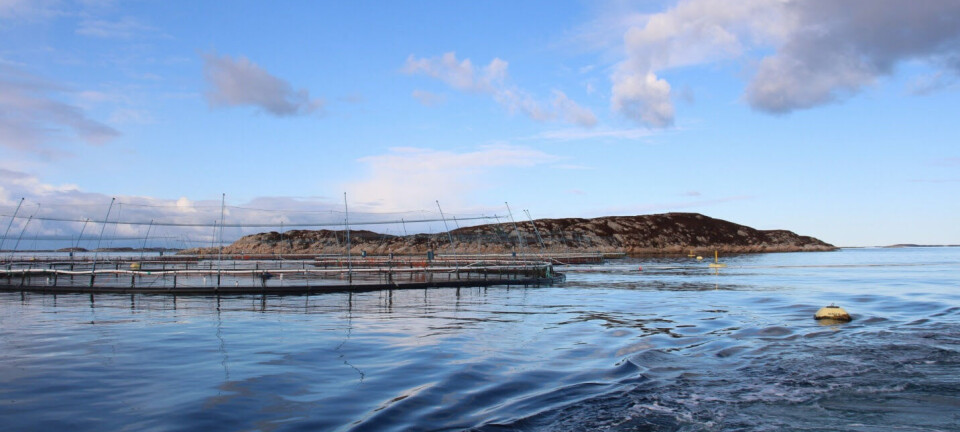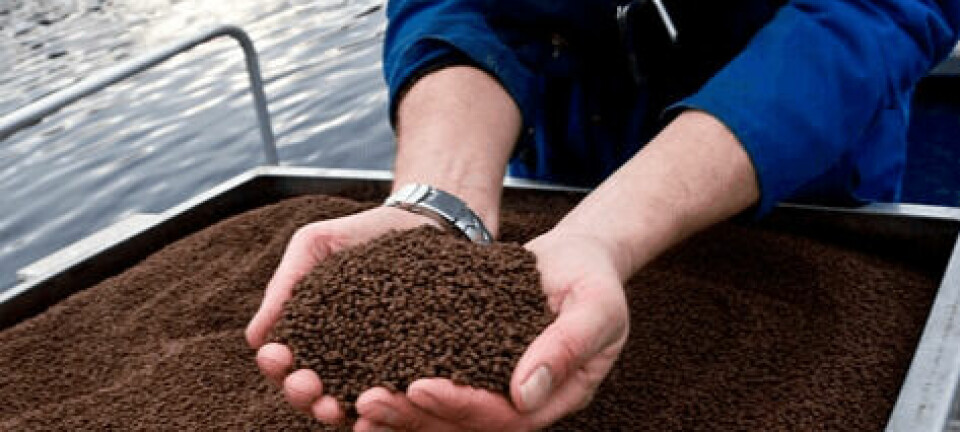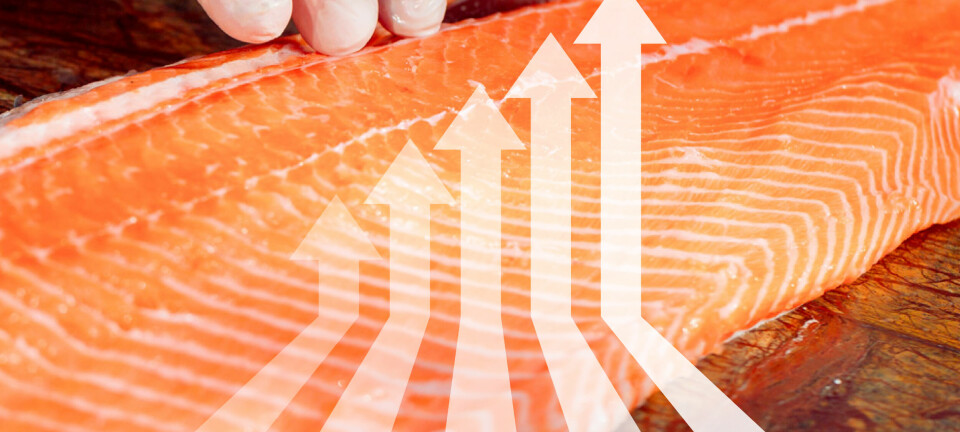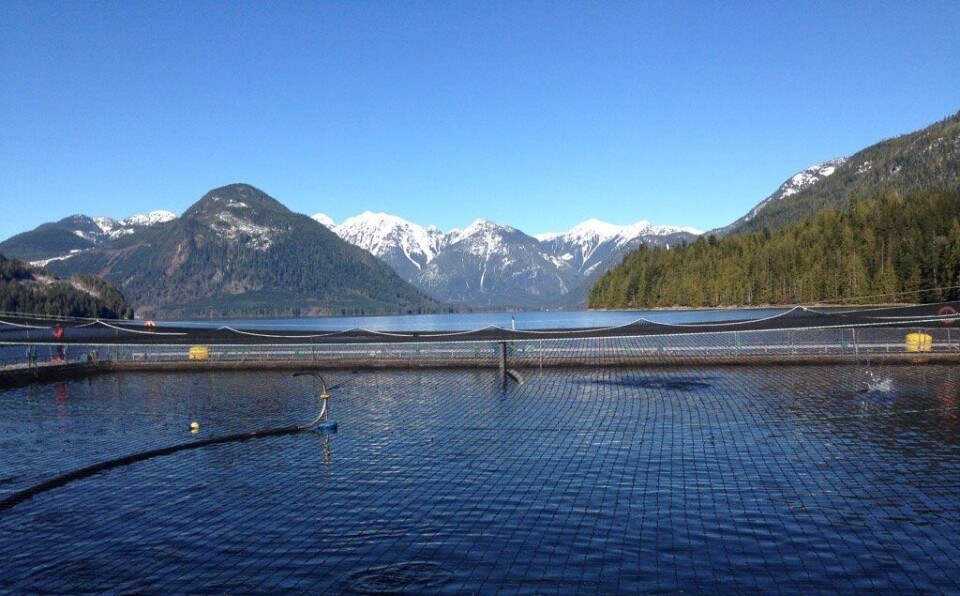

BC farm closures haven't affected wild fish lice numbers, say scientists
A recently published scientific paper in the Journal of Fish Diseases further dispels the widely repeated assumption that the removal of salmon farms results in a decline in sea lice numbers on wild Pacific salmon, the BC Salmon Farmers Association has said.
The latest research analysed eight years of wild juvenile chum and pink salmon from 2017 to 2024 in the Discovery Islands region of British Columbia, as defined by Fisheries and Oceans Canada (DFO).
“Sea lice levels on wild salmon in 2024 were among the highest recorded during the last eight-year period in the Discovery Islands, despite the closure of salmon farms. A similar pattern with a low sea lice infestation in 2023 and higher levels of sea lice infestation in 2024 was also observed in the Broughton Archipelago and other areas with and without salmon farms,” said scientist Lance Stewardson, director of Mainstream Biological Consulting Inc., and one of the paper’s authors. “These findings demonstrate that the evidence does not support the narrative of no salmon farms means no sea lice.”
The removal of salmon farms in the Discovery Islands began in 2021 following a federal government edict in late 2020, and there have been no active farms since 2022. Data collected with the involvement of local First Nation stewardship staff reveals that 2024 sampling recorded some of the highest sea lice levels seen on wild juvenile salmon during the last eight years. Additionally, the eight years of monitoring show that sea lice levels have generally remained low, with natural fluctuations from year to year (see figures 1 and 2 below).
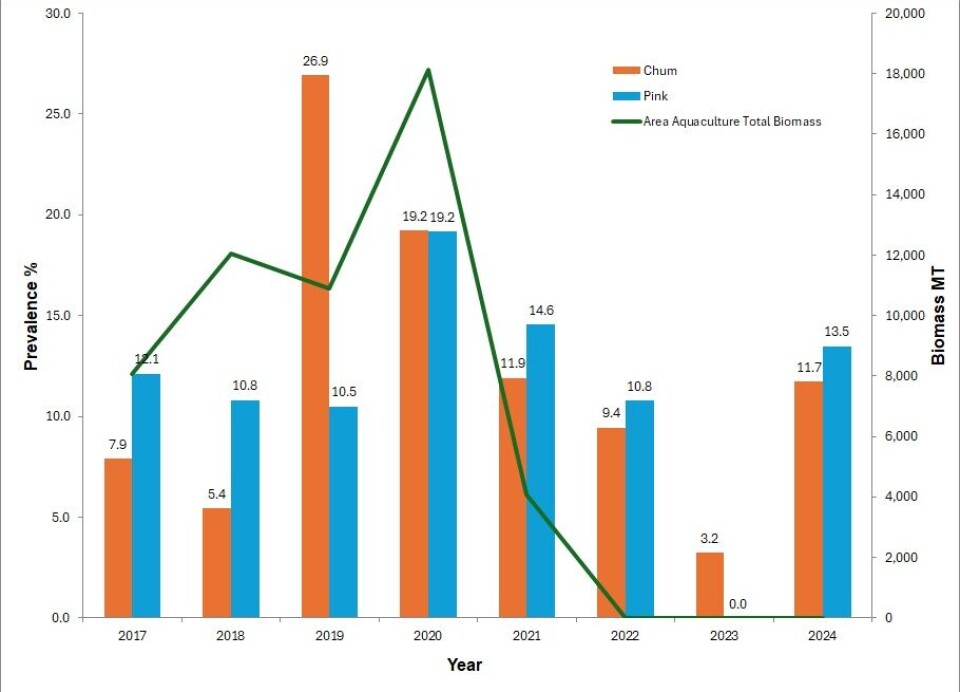
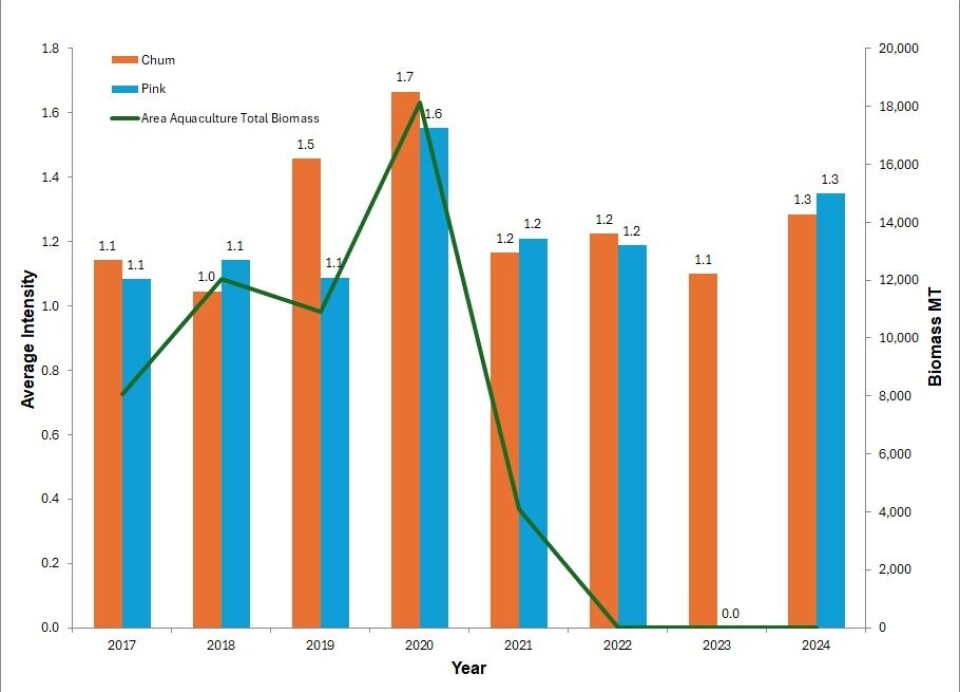
“This long-term monitoring shows that significant natural sources of sea lice exist. Our findings disprove the claim that salmon farms are the sole driver of sea lice on wild Pacific salmon in the near-shore environment and underscore the need for continued monitoring,” said Stewardson.
The results from this analysis align with 2024 data collected from the Broughton Archipelago and an extensive literature review released last year, which also identified overestimations of the effects of sea lice from salmon farms on wild Atlantic salmon in Norway. Further supporting these recent findings, the Canadian Science Advisory Secretariat’s (CSAS) 2022 Science Response concluded no statistical correlation between sea lice counts on wild and farm-raised salmon populations.
The full published paper can be found here.


























